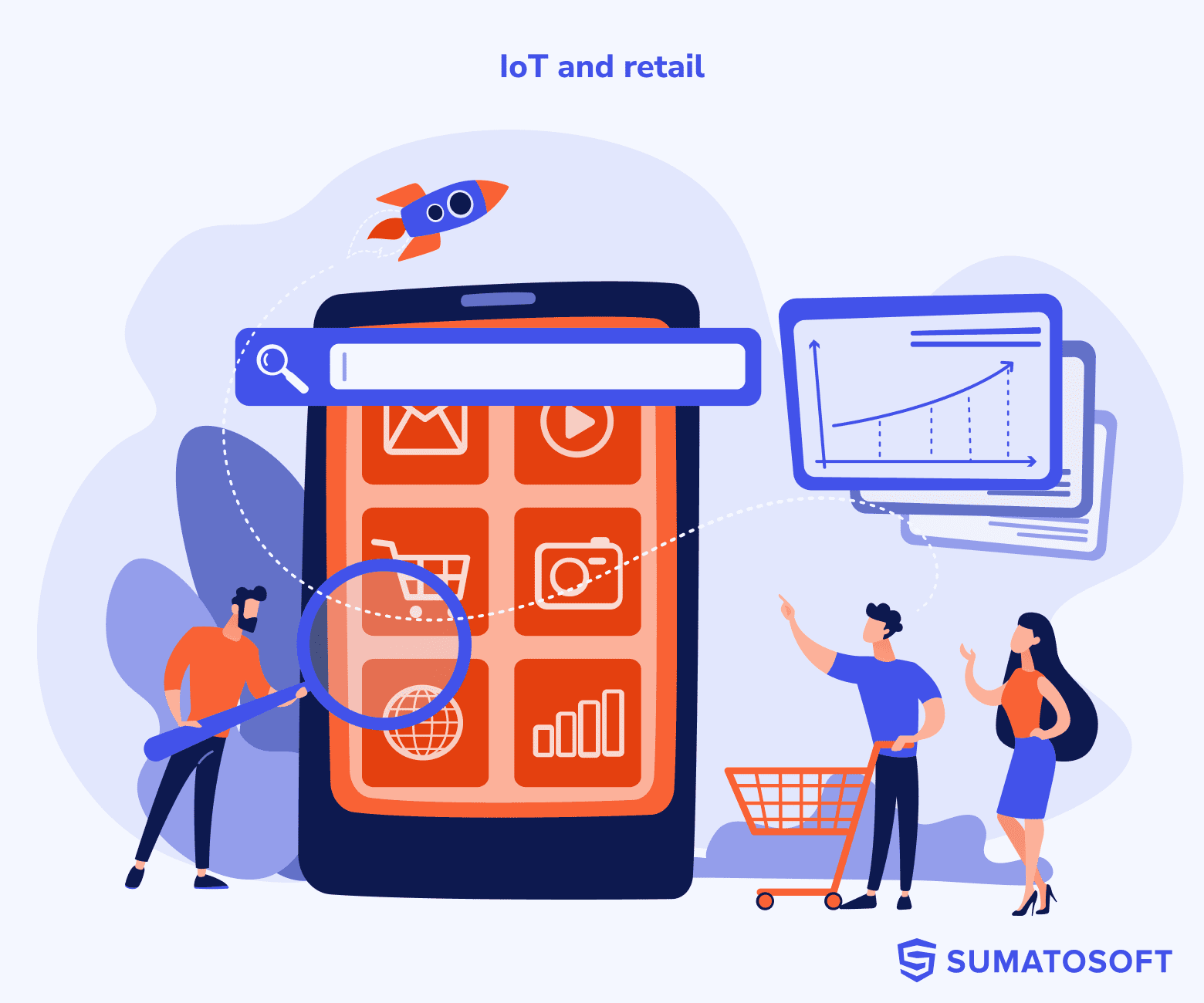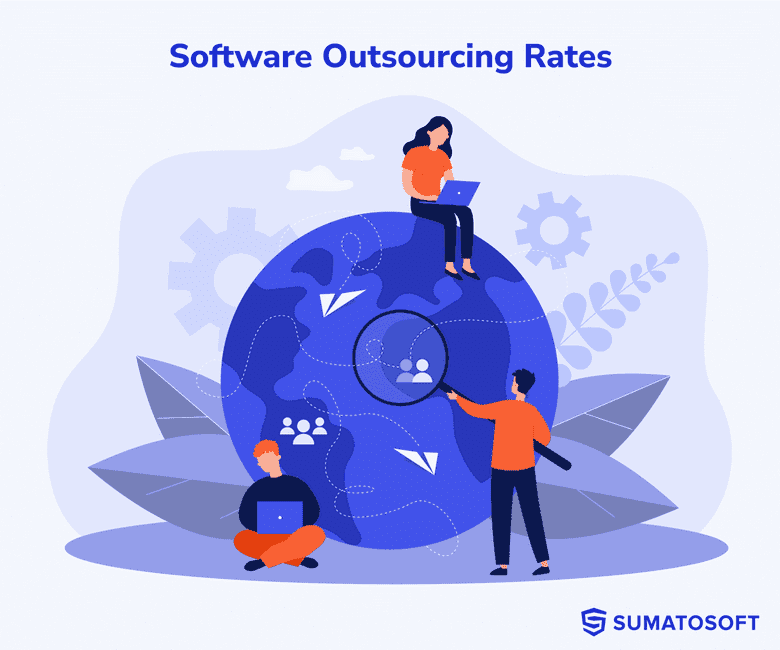How to Choose An eCommerce Platform: Facts and Figures


As the e-commerce platform market is full of choices, it might be difficult to figure out which platform suits your needs in full measure. The thing is that every platform claims to be “easy to deploy and manage”. However, in reality, it’s not that easy, especially if you have little experience in the field.
At first sight, all platforms have the same features and functionalities. The basic principle – you make money online, they buy from you – is basic for e-commerce in general, no matter which platform you have chosen. So how can you be sure you do the right choice? Well, there are two major question to ask:
- What solution type to choose: marketplace or a personal store?
- What are the pros and cons of popular eCommerce platforms?
Let’s answer these questions:
Question #1: Marketplace vs. Own eStore?
Initially, there are two alternatives for starters. You may either build your own store with the help of platforms for that purpose or join a marketplace (eBay, Amazon, Newegg, Rakuten, etc.).
Option 1: Own eStore
The first option gives you an opportunity to add a personal look to your store and work on your brand identity when you get used to your new activity as a seller. Plus, you have total control over your business. You’re the owner, so it’s you who makes the rules. On the other hand, a customized store is much more difficult to set up if you don’t have any skills or experience. In this case, you’d better contact an experienced development company to help you.
Option 2: Marketplace
If you choose to join a marketplace, you’ll have an easy start as everything is already set up for you. You don’t even have to worry about bringing traffic (customers) to your store. Just pay your monthly fee, pick up a product and go selling. Sounds appealing, right? What’s the trick then? Firstly, your store will be much similar to your competitors. Unfortunately, you’ll have little chance to improve your business identity. Secondly, you have to work hard on customers acquisition as visitors understand that they deal with a marketplace comprised of various sellers. For instance, in 2022, Amazon reported that it had over 2 million third-party sellers on its marketplace. As numbers speak loud and clear, the competition is more than huge.
Our advice is to pick up the harder road as it has more advantages in the long term. Still, we’ll compare the most popular representatives for both options.
Question #2: Which Is the Best Platform?
We start with marketplaces since we want to get away from them as soon as possible. Just kidding.
Question #2.1: Which Marketplace to Choose?
Amazon

Amazon is a global online marketplace that offers a wide range of products. It’s one of the most popular e-commerce platforms in the world, offering both third-party sales and its own inventory.
- Audience Reach:
Amazon has a global reach with millions of active users. It’s especially strong in the United States. - Fees and Commission Structure:
Amazon charges a referral fee that varies by category, usually ranging from 6% to 45%. There’s also a monthly subscription fee for professional sellers. - Ease of Use:
The platform offers a comprehensive Seller Central dashboard that is relatively easy to navigate but may require some time to master fully. - Product Categories:
Amazon is a generalist platform, allowing for a wide range of product categories from electronics to handmade crafts. - Brand Visibility:
Amazon allows for branded storefronts, but competition is stiff, making it hard to stand out. - SEO and Marketing Features:
Amazon offers sponsored products and headline search ads, as well as an internal algorithm that can benefit well-rated sellers.
eBay
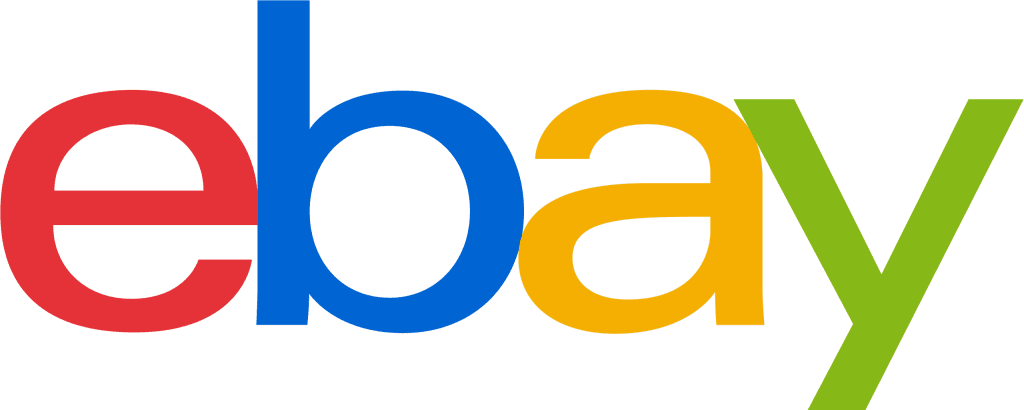
eBay is an online auction and shopping website where people and businesses buy and sell a wide variety of goods and services globally.
- Audience Reach:
eBay has a significant global presence but is particularly popular in the U.S. - Fees and Commission Structure:
eBay charges an insertion fee and a final value fee, which is a percentage of the item’s selling price. - Ease of Use:
The platform is relatively easy to use, with an intuitive seller dashboard. - Product Categories:
eBay accommodates a variety of categories, including collectibles, vintage items, and consumer goods. - Brand Visibility:
eBay allows for custom storefronts, but much of the shopping experience is driven by individual listings. - SEO and Marketing Features:
eBay provides promotional tools like Promoted Listings, and its search algorithm favors sellers with high ratings and competitive pricing.
Walmart Marketplace

Walmart Marketplace is an e-commerce platform that allows third-party sellers to list their products alongside Walmart’s own inventory.
- Audience Reach:
Primarily popular in the U.S., Walmart Marketplace taps into Walmart’s existing customer base. - Fees and Commission Structure:
Walmart charges a referral fee that varies by category but does not charge monthly or listing fees. - Ease of Use:
The platform is straightforward but may not be as feature-rich as some of its competitors. - Product Categories:
Similar to Amazon, Walmart is a generalist platform but may have restrictions on certain types of products. - Brand Visibility:
Walmart offers some options for branding, but your products are mostly listed alongside Walmart’s inventory, making differentiation more difficult. - SEO and Marketing Features:
Walmart is limited in terms of SEO and marketing tools but does offer Walmart Sponsored Products.
Etsy

Etsy is an online marketplace that focuses on handmade, vintage, and unique goods. It’s a platform that connects artisans to a global audience.
- Audience Reach:
Etsy has a strong global presence but is particularly popular in the U.S. for niche and creative products. - Fees and Commission Structure:
Etsy charges a listing fee, a transaction fee, and a payment processing fee. - Ease of Use:
The seller dashboard is user-friendly and geared towards individuals and small businesses. - Product Categories:
Etsy specializes in handmade crafts, vintage items, and unique goods. - Brand Visibility:
Etsy allows sellers to create highly customized and branded storefronts. - SEO and Marketing Features:
Etsy offers tools for promoting listings within the platform and supports social media integration for broader marketing reach.
Question #2.2: Which Platform to Use to Build an eStore?
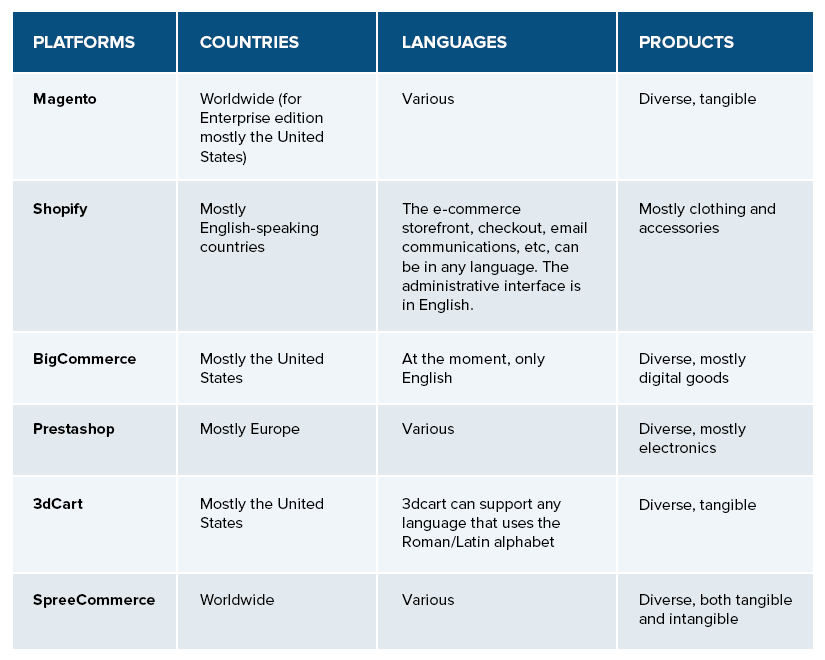
As you venture into the e-commerce landscape, you’ll encounter a range of platform options, each with its own set of advantages and drawbacks. In this section, we’ll take a closer look at some of the big players in the field: Magento, BigCommerce, and PrestaShop, among others. We’ll delve into their usability, features, and cost factors, helping you sift through the noise to identify the platform that fits your specific needs. Let’s get started.
Magento

Magento has a well-designed and elaborated user interface, but – alas! – it’s rather difficult to sort things out if you’re a novice. Well, perhaps, it’s not a weapon of choice for startups anyway (or, alternatively, it’s for startups with a budget), as the company itself positions its product as enterprise-level software. However, seasoned veterans praise Magento’s interface. It’s reasonable and it has a quick and unchallenging self-hosting setup. Plus, everything is in its right place on the navigational menu: customers, products, sales and reports, promotions, etc.
Pros
The architecture of Magento makes it possible to customize templates and develop functionality according to your needs.
Cons
Magento needs a dedicated “Magento-focused” server. Standard hosting platforms cannot handle it due to its massiveness resulting in a slow and bad user experience.
Support
Magento is famous for its large ecosystem. It has a decent knowledge base and a large active forum for communicating with other users. However, they do not provide direct support for community edition, you can find a third-party Magento support provider. Also the good news is that they offer a list of helpful resources on their website to solve your issues.
Price
Usually, the pricing may vary depending on the plan you choose. In most cases, you’ll have three-four options to choose from. Note that most of the platforms provide a free 14/15 days trial, so you can try it out for yourself. Now let’s check the figures for the most widespread platforms:
Magento Community Edition: free
Magento Enterprise edition: you should contact the company to get the details, but the overall price is around $18,000 a year.
Shopify
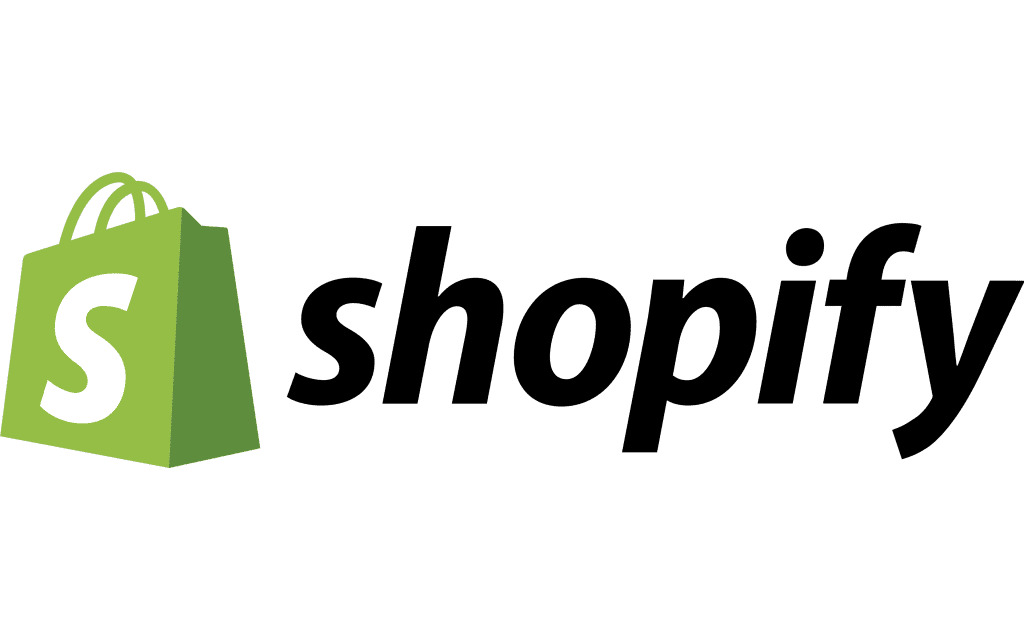
Unlike Magento, Shopify is praised for its easy setup. You can launch your online Shopify store within minutes. The platform has a convenient dashboard area, so you can customize the look of your store. Managing products is also clear, with fields for titles, descriptions, prices, and more. This way, if you are an absolute beginner in web design and you look for the fastest way to set up an online store, give Shopify a try.
Pros
Nicely designed and professional storefront, a massive library of apps (over 1500) in their marketplace.
Cons
Shopify charges a transaction fee for every sale (which you can lower if you use Shopify Payment).
Support
This vendor has all it takes to provide top-notch support: email, open chat, telephone, and help center. Alternatively, you can use Shopify Online – an online database covering common questions.
Pricing
Basic: $29 / month
Standard: $79 / month
Advanced: $299 / month
SpreeCommerce

Similar to Shopify, but free and customizable, this platform offers great possibilities for those who adopt it. However, If you decide to launch your store using Spree, you better find a development company to build the online store you want. But, hopefully, this is the only major obstacle as once your store is online, the backend (where you’ll spend lots of time dealing with orders and maintaining inventory) is one of the most handiest and properly designed on the market.
Pros
Lots of useful features such as multiple stock locations, transfers, and split shipments.
Cons
At the moment, only a few themes are available.
Support
This platform hasn’t got any support in the traditional sense, but still, you can find a forum and tons of useful documentation on the web. Plus, there’s a Ruby on Rails community that maintains Spree, making it stable, multifunctional, and ….free:)
Pricing
This e-commerce solution is 100% free. Source
BigCommerce
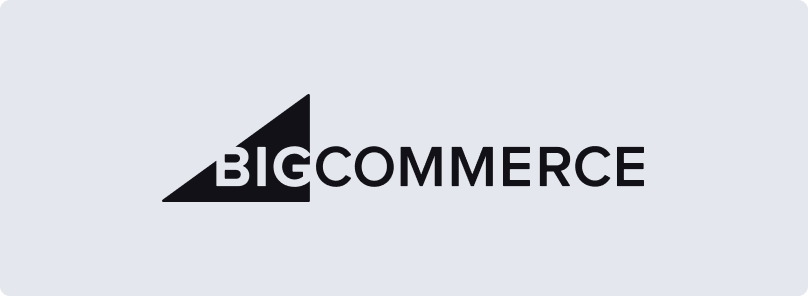
Bigcommerce has a nice dashboard and clear setup instructions. Funny enough, but its dashboard looks quite similar to Shopify – BigCommerce’s main competitor. However, it will take you a certain time to learn the ropes, but in the end, you’ll be rewarded with a powerful shopping cart. Another advantage is that all the functionality you might need comes out of the box, thus you won’t have to pay for extensions like with Magento or Shopify. Still, obviously, they have their app store with more than 250 apps at your service.
Pros
You can integrate your BigCommerce store with Facebook, eBay, Google Shopping, and a whole range of product comparison sites like Shopzilla, Bizrate, Beso, etc.
Cons
Only seven free templates are available.
Support
Like Magento, a large BigCommerce Community is there for you 24/7. Various guides and documentation are also there. Plus, BigCommerce University – is a place where you can watch educational videos online.
Pricing
Standard: $29 / month
Plus: $79 / month
Pro: $299 / month
Enterprise: you should contact the company to get the details.
Prestashop
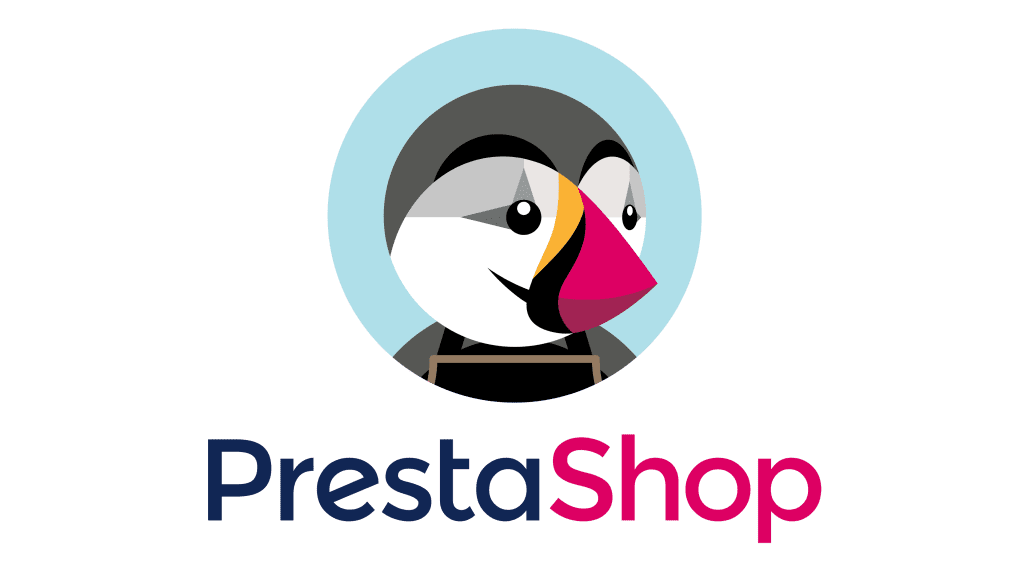
The common opinion in the world of eCommerce defines PrestaShop as an easy tool to use. PrestaShop hosting has lots of features and settings and it integrates necessary instruments to a user-friendly and intuitive interface. Besides, the admin panel can be accessed via your smartphone or tablet, so you won’t need to reach for the computer to make quick adjustments to your inventory or check order status.
Pros
You can find more than 25000 plugins and extensions to upgrade your store.
Cons
There’s no official support, only community forums.
Support
Prestashop does not have an official support team. Nevertheless, they offer two ways of support: either you choose free community help and support via the forum, or you can try out paid support with the following prices: 33.25, 58.25, and 115.68 euros/month respectively.
Pricing
This solution is free.
3dcart
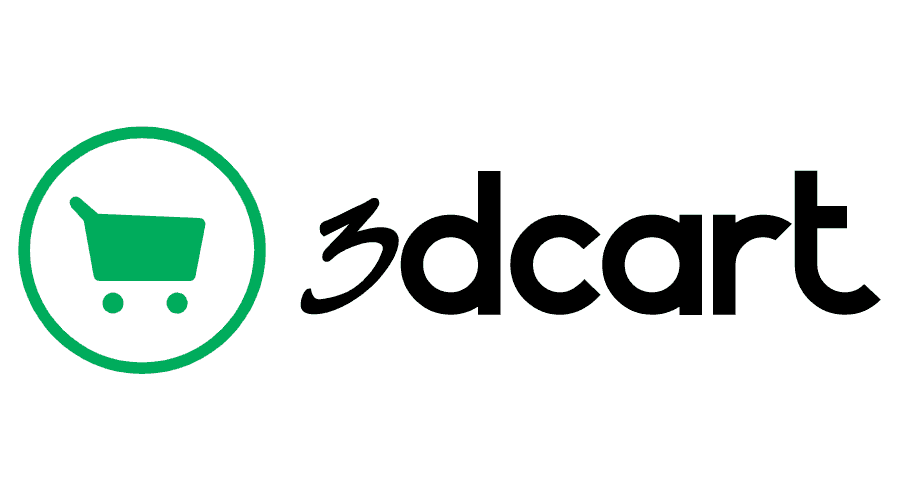
While the 3dcart product setup page is a bit odd-looking for 2016 in terms of design, they offer informative tutorials and setup steps to help you pick a theme, define the payment method or set up shipping options for your store. So, like Shopify, it’s a great option for starters. This platform also has a drag and drop editor (the feature missing from BigCommerce), and it’s a big advantage, as it helps you click and drag components without messing with CSS or HTML code.
Pros
3dcart offers more than 100 responsive, mobile-friendly themes, plus over 100 ready-to-use payment solutions.
Cons
No built-in recurring billing system.
Support
Much like BigCommerce, 3dcart has various support modes. Live chat, knowledge base, tickets, forums – seems that you won’t be left alone with your issue.
Pricing
Shift4Shop plan: $29/month
The other shop: $299/month
Enterprise: $2000+/month
Conclusion
Considering all the aspects above, it’s impossible to define the “best eCommerce platform”. However, your goals, resources, and preferences should tell you what platform is better. And we hope that this article will help you to make an informed choice. What eCommerce platform do you use, or are you considering, for your business and why?
Let’s start
If you have any questions, email us info@sumatosoft.com
